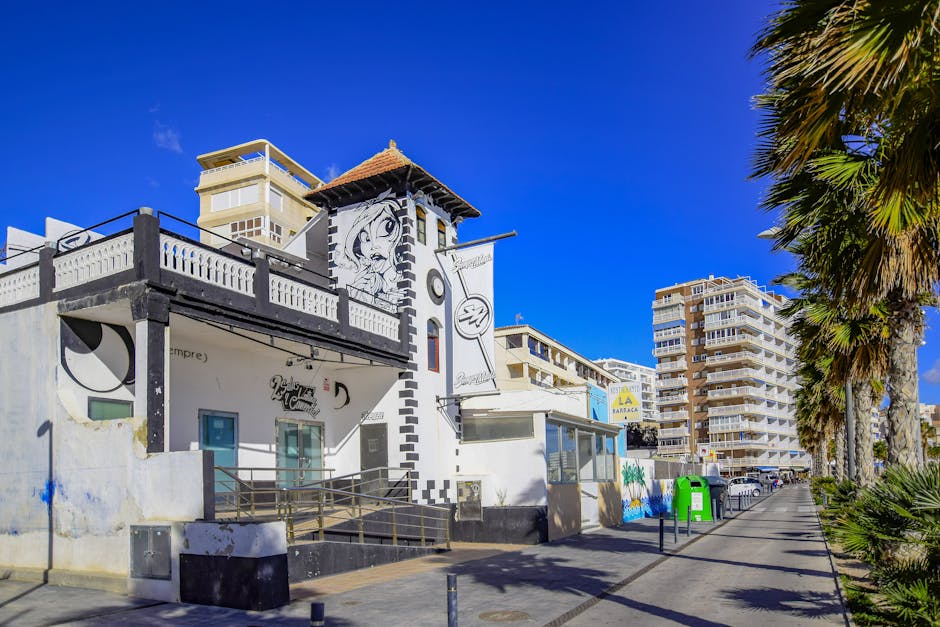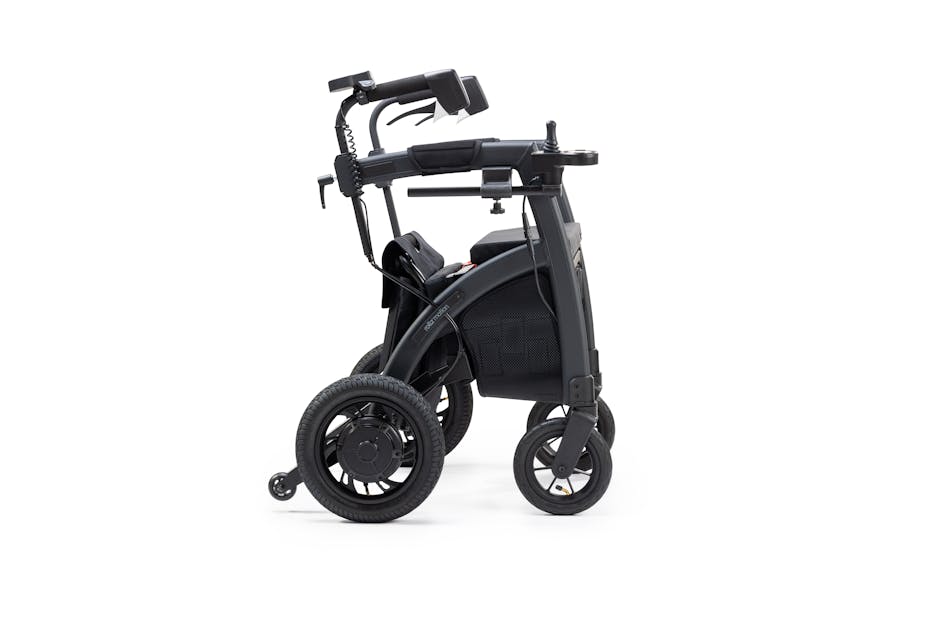Handicap Ramp Installation Costs: What You Need to Know

Understanding the Cost to Install Handicap Ramp
When planning to improve accessibility in your home, the cost to install handicap ramp becomes an important consideration. For a quick overview, here’s what you need to know:
- Modular Aluminum Ramps: $150 to $200 per linear foot, including installation.
- Steel Ramps: $200 to $250 per linear foot, including installation.
- Wooden Ramps: $100 to $250 per linear foot, including materials.
While these figures provide a rough estimate, the actual cost can vary due to several factors, including the materials used, labor rates, and the specific design requirements of your home.
Improving accessibility is not just about convenience—it’s about ensuring safety and independence for those who need it most. Handicap ramps play a crucial role in this by providing a safe and easy way for individuals with mobility challenges to steer their homes. Additionally, understanding the ADA (Americans with Disabilities Act) requirements for slope, length, and handrails can help guide you in making the right choice, even though private residences aren’t legally required to meet these standards.
I’m Sazan Sylejmani, a Pharmacy Manager with experience in aids mobility solutions, including the cost to install handicap ramp. My expertise lies in patient counseling and mobility aid management, ensuring that everyone has the right tools for their needs.
Let’s explore the various factors influencing these costs to help you make a well-informed decision.
Factors Influencing Handicap Ramp Installation Costs
When planning to install a handicap ramp, several factors can influence the overall cost. Here’s what you need to know:
Size
The size of the ramp is a primary cost factor. The ADA recommends a slope ratio of 1:12, meaning for every inch of height, you need 12 inches of ramp length. For example, a 30-inch rise requires a 30-foot ramp. This guideline ensures safety and ease of use. Larger ramps naturally cost more due to increased materials and labor.
Materials
The choice of materials significantly impacts the cost:
- Wood: $100 to $250 per linear foot. Requires maintenance.
- Concrete: Durable but labor-intensive.
- Steel: $200 to $250 per linear foot. Prone to rust.
- Aluminum: $150 to $200 per linear foot. Lightweight and rust-resistant.
- Composite: Moisture-resistant and long-lasting.
- Rubber: Ideal for small threshold ramps.
Type
Different ramp types have varying costs:
- Permanent: Best for long-term use. Higher initial cost but durable.
- Semi-Permanent: Flexible and can be relocated.
- Modular: Prefabricated and easy to assemble.
- Portable: Ideal for temporary needs.
- Mini: Suitable for small thresholds.
Weight Specifications
The ramp must support the weight of the user and the mobility device:
- Manual Wheelchairs: Generally lighter.
- Electric Scooters: Heavier, requiring stronger materials.
- Always check the weight capacity to ensure safety and durability.
Landings
Landings are flat areas at the top and bottom of the ramp, necessary for safety:
- Top and Bottom Landings: Required by ADA guidelines.
- Additional Landings: Needed for ramps exceeding 30 feet in length.
- Landings add to the cost but are essential for safety.
Handrails
Handrails are crucial for safety and ADA compliance:
- Safety: Prevents falls and provides support.
- ADA Requirements: Handrails on both sides for ramps rising more than six inches.
- Additional Cost: Adds to the overall expense but is worth it for safety.
Permits
Building permits may be required depending on local regulations:
- Building Permits: Ensure the ramp meets local codes.
- Cost Range: Varies by location. Check with local authorities.
Labor
Labor costs can vary based on the complexity of the ramp and the contractor’s rates:
- Professional Labor: $35 to $100 per hour.
- Specialized Contractors: More experienced but may charge higher rates.
- Professional installation ensures safety and compliance with guidelines.
Location
The location of the ramp affects the materials and design:
- Indoor vs. Outdoor: Outdoor ramps require more durable materials.
- Weather Conditions: Consider local climate for material choice.
- Durability: Choose materials that withstand local weather conditions.
Understanding these factors can help you estimate the cost to install handicap ramp and make informed decisions. Next, we’ll break down the costs by material to give you a clearer picture of what to expect.
Cost Breakdown by Material
When deciding on a handicap ramp, the material you choose will significantly impact the overall cost, durability, and maintenance requirements. Below is a detailed cost breakdown by material.
Wood Wheelchair Ramps
Cost per Linear Foot: $100 to $250
Wooden ramps are popular for their affordability and ease of customization. However, they require regular maintenance to prevent warping and rotting. Applying a slip-resistant coating is essential for safety, especially in wet conditions. Expect to reapply primer every few years to extend the ramp’s life.
Concrete Wheelchair Ramps
Cost per Linear Foot: $200 to $250
Concrete ramps are durable and can handle heavy weights, making them ideal for long-term use. However, they are labor-intensive to install, with labor costs around $100 per foot. Concrete can crack over time, so periodic maintenance is necessary. The high initial cost is balanced by its longevity and minimal maintenance needs once installed.
Steel and Metal Wheelchair Ramps
Cost per Linear Foot: $200 to $250
Steel ramps offer excellent stability and are often galvanized to prevent rust. Despite this, they can still corrode over time, especially if the protective layer is damaged. Regular checks and maintenance are essential to ensure safety. Steel ramps are robust but may require more frequent upkeep compared to aluminum.
Aluminum Wheelchair Ramps
Cost per Linear Foot: $150 to $200
Aluminum ramps are lightweight and corrosion-resistant, making them a durable option for both short-term and long-term use. They require minimal maintenance and are easy to install. Aluminum’s high strength-to-weight ratio makes it a cost-effective choice for many homeowners.
Composite Wheelchair Ramps
Cost per Linear Foot: $200 to $300
Composite ramps combine wood fibers and plastic, offering the look of wood but with added durability. They resist moisture, warping, and insects, making them a low-maintenance option. However, they are more expensive upfront. Composite ramps are ideal for those looking for a long-lasting, aesthetically pleasing solution.
Rubber Wheelchair Ramps
Cost per Linear Foot: $35 to $450 (depending on rise)
Rubber ramps, often used as threshold ramps, are ideal for small rises (typically under 3 inches). They are extremely durable and provide good traction. Rubber ramps are perfect for indoor and outdoor use and require minimal maintenance. Their cost varies significantly based on the height of the rise they need to accommodate.
Understanding the costs and benefits of each material can help you make an informed decision that fits your budget and needs. Each material offers unique advantages and considerations, so choose the one that best aligns with your specific requirements.
Types of Handicap Ramps and Their Costs
Choosing the right type of handicap ramp depends on your specific needs and budget. Let’s explore the different types of ramps and their associated costs.
Permanent Ramps
Cost Range: $1,000 to $6,000
Permanent ramps are built to last and are typically made from materials like aluminum, steel, concrete, wood, or rubber. These ramps are anchored into the ground and are ideal for long-term use. Since they are permanent, they often require a building permit and must comply with ADA standards, including handrails for ramps that rise more than six inches.
Semi-Permanent Ramps
Cost Range: $350 to $2,000
Semi-permanent ramps offer a flexible solution for those who need a ramp temporarily. They are not anchored into the ground, making them easier to move if necessary. These ramps are often modular, meaning they can be disassembled and reassembled in different configurations. This flexibility is especially useful for rental properties or temporary needs.

Modular Ramps
Cost Range: $400 to $5,000
Modular ramps are a type of semi-permanent ramp that come in prefabricated sections. These sections are easy to assemble and can be customized to fit different spaces. Modular ramps are usually made from aluminum, making them lightweight yet durable. They can be a cost-effective and quick solution, but accurate measurements are crucial for a proper fit.

Portable Ramps
Cost Range: $100 to $2,000
Portable ramps are designed for short-term use and easy transport. They come in various forms like folding ramps, roll-up ramps, and track ramps. These ramps are perfect for travel or temporary access needs. However, they are not ideal for long-term or heavy-duty use. Portable ramps are generally more affordable but may not meet all ADA requirements.
Mini Ramps
Cost Range: $100 to $200
Mini ramps, also known as threshold ramps, are small and lightweight. They are designed to help wheelchair users steer small rises, such as door thresholds or curbs. These ramps are typically made from rubber or aluminum and are easy to install and move. While they are inexpensive, they are only suitable for very small height differences.
Each type of ramp offers unique benefits and comes at different price points. The best choice will depend on your specific needs, whether it’s a permanent solution, a temporary fix, or a portable option for travel.
Additional Cost Factors to Consider
Slope
The slope of your ramp is crucial for safety. The ADA recommends a slope ratio of 1:12, meaning for every inch of height, there should be at least 12 inches of ramp length. This ensures a gentle incline, making it safer and easier to steer.
Example: If your porch is 30 inches high, you need a ramp that’s 30 feet long.
Additional ADA Features
Making your home accessible might require more than just a ramp. Consider adding:
- Stair lifts: These can cost between $3,000 and $5,000.
- Door widening: To fit wheelchairs, doors might need to be widened, which can add to the cost.
- Lower countertops: Adjusting the height of kitchen and bathroom counters can make daily tasks easier.
Cost to Remove and Dispose of Damaged Ramp
Removing a damaged ramp involves labor and disposal fees. Contractor rates vary but expect to pay:
- Labor: $35 to $100 per hour.
- Material difficulty: Concrete ramps are harder to remove than wood or aluminum.
- Concrete demolition: Can add significant costs due to the need for specialized equipment.
Ramp Lighting
Adding lighting to your ramp can improve safety, especially at night. Options include:
- Walkway lights: Cost $40 to $120 per hour for an electrician.
- In-deck LED lights: Around $45 to $75 per eight-piece box.
Maintenance
Regular maintenance ensures your ramp remains safe and functional. Consider:
- Annual costs: Fixing railings, resurfacing, and addressing water accumulation can add up.
- Slip prevention: Rubber matting, fiberglass strips, or anti-slip tape cost between $15 and $100.
Ramp Rentals
If you need a ramp temporarily, renting might be the best option.
- Monthly rates: Typically range from $100 to $300.
- Installation fees: One-time fees range from $200 to $800, depending on the design and the company.
Renting allows you to test different ramp types before committing to a permanent solution.
Frequently Asked Questions about Handicap Ramp Installation Costs
Are wheelchair ramps covered by Medicare?
Original Medicare Part A and Part B usually do not cover the cost to install handicap ramps. However, if you have Medicare Advantage, you might have better luck. These plans, issued by private insurance companies, sometimes cover supplemental benefits like wheelchair ramps if they help prevent injury or improve daily living activities. To qualify, your doctor must provide a prescription stating that the ramp is medically necessary.
Medicaid might also cover the cost, especially through Home and Community Based Services (HCBS) waivers. Coverage varies by state, so check with your local Medicaid office.
What is the cheapest way to build a handicap ramp?
If you’re looking to save on the cost to install a handicap ramp, consider these options:
- Portable Ramps: Ideal for short-term needs and easy to set up. Prices start around $210 for a 5-foot suitcase ramp.
- Prefabricated Kits: These are often simpler to install and made from budget-friendly materials. For example, a 10-foot suitcase tri-fold ramp can cost about $583.
- Minimize Size: A shorter ramp with fewer landings can reduce costs. If your ramp is less than 30 feet, you won’t need an additional landing, saving on both materials and labor.
- Check Insurance: Medicare Advantage and Medicaid may cover some or all of the costs if deemed medically necessary.
How much does labor cost for building a ramp?
The cost of labor for building a handicap ramp varies widely based on location and the complexity of the job. Here’s a breakdown:
- Hourly Rates: Professional labor costs range from $35 to $100 per hour.
- Specialized Contractors: Hiring contractors with experience in accessibility modifications might be more expensive but ensures quality and compliance with ADA standards.
For a detailed quote, it’s best to get a free in-home evaluation from a reputable provider. This will help you understand the exact costs involved, including any additional expenses for permits or customizations.
Conclusion
Installing a handicap ramp can significantly improve accessibility and independence for those using wheelchairs or other mobility devices. The cost to install a handicap ramp varies widely based on factors like size, materials, and labor, but understanding these variables can help you make an informed decision.
Summary
The cost to install a handicap ramp depends on various factors, including the type and size of the ramp, materials used, and labor costs. Modular aluminum ramps are a popular choice due to their durability and low maintenance, costing around $150 to $200 per linear foot. Wooden ramps are another option, blending well with home aesthetics but requiring more maintenance. They cost between $100 and $250 per linear foot. Steel ramps offer high weight capacity but may rust over time, costing $200 to $250 per linear foot.
Cost-Effectiveness
When considering cost, weigh both initial expenses and long-term benefits. Portable ramps and prefabricated kits can be more cost-effective for short-term needs or budget constraints. They are easier to install and can be moved or adjusted as needed. For long-term solutions, investing in a more durable material like aluminum or composite can save on maintenance costs down the line.
Westmont Pharmacy
At Westmont Pharmacy, we are committed to helping you find the best solutions for your accessibility needs. We offer a free in-home evaluation to provide you with an exact quote and determine the most suitable ramp for your situation. Our team is here to guide you through every step, from selecting the right materials to ensuring compliance with ADA standards.
Ready to improve accessibility in your home? Contact us for a free in-home evaluation and get started on your journey to improved mobility and independence.
Accessibility Benefits
Installing a handicap ramp not only improves the quality of life for individuals with mobility challenges but also increases the safety and convenience for caregivers. Ramps reduce the risk of falls and make it easier for wheelchair users to steer their homes independently. They also add a layer of safety for those using walkers or other mobility aids.
By choosing the right ramp, you can ensure a safer, more accessible environment for yourself or your loved ones. Investing in a quality ramp is an investment in freedom and independence.
For more detailed information and expert advice, visit our service page. We’re here to help you make the best choice for your accessibility needs.



